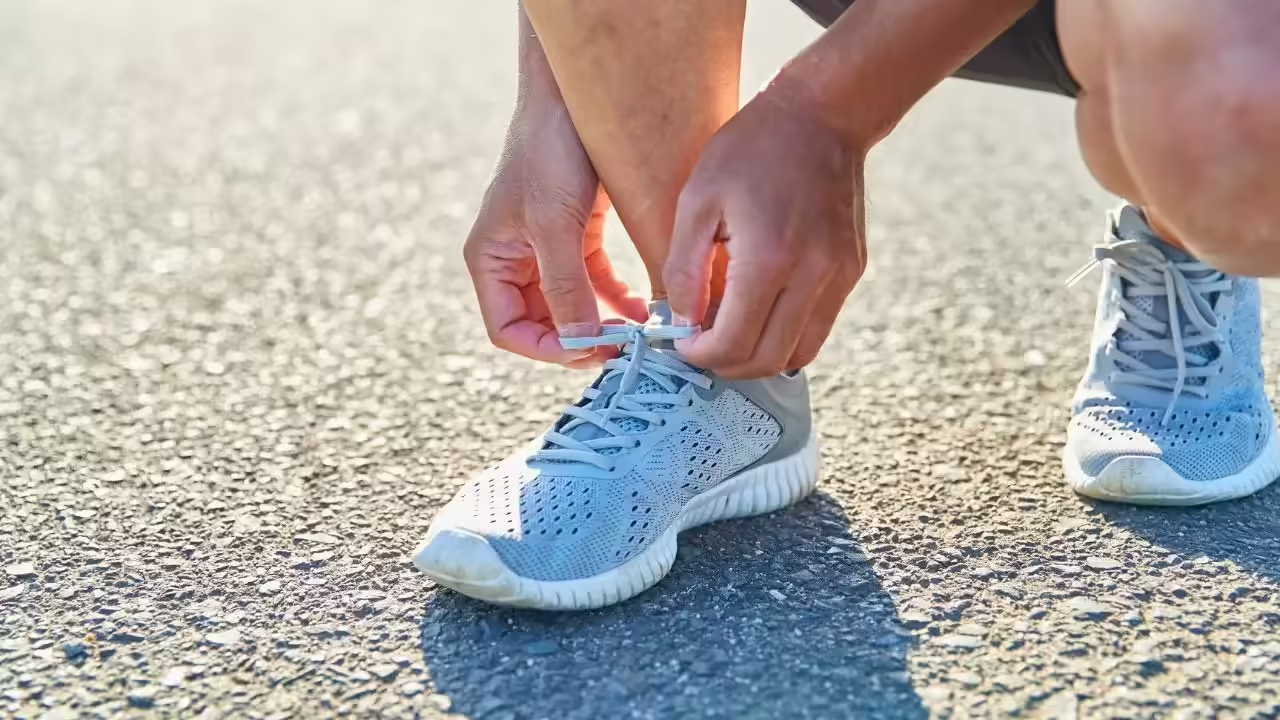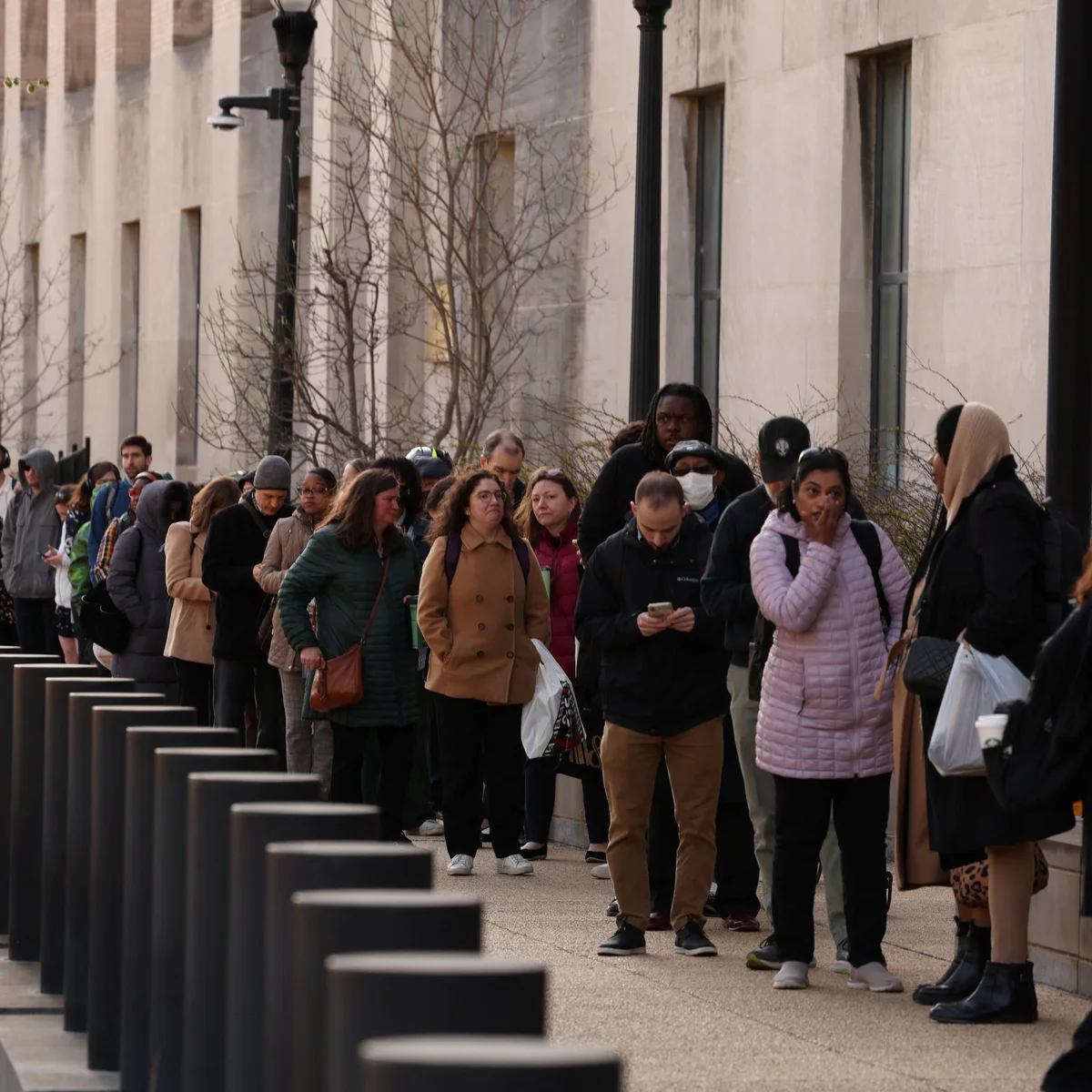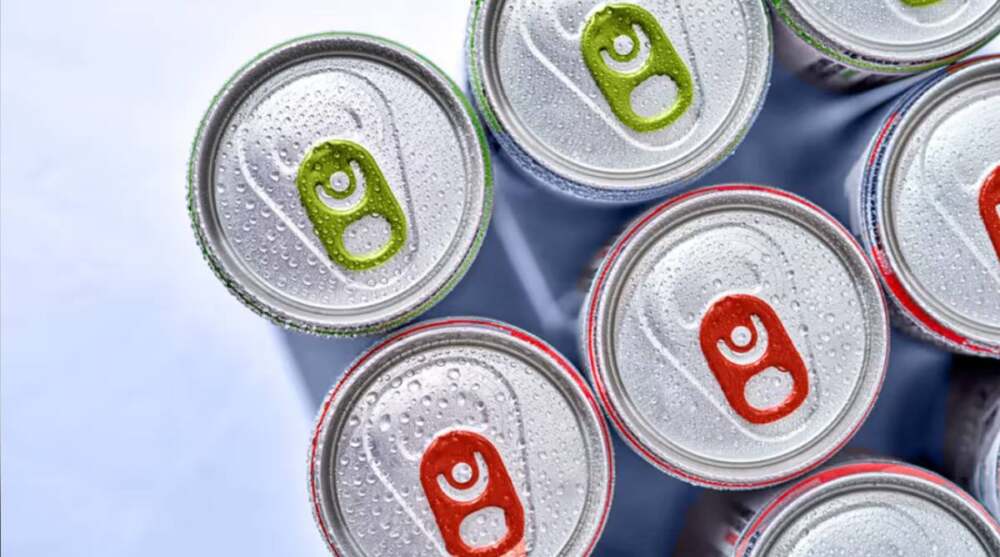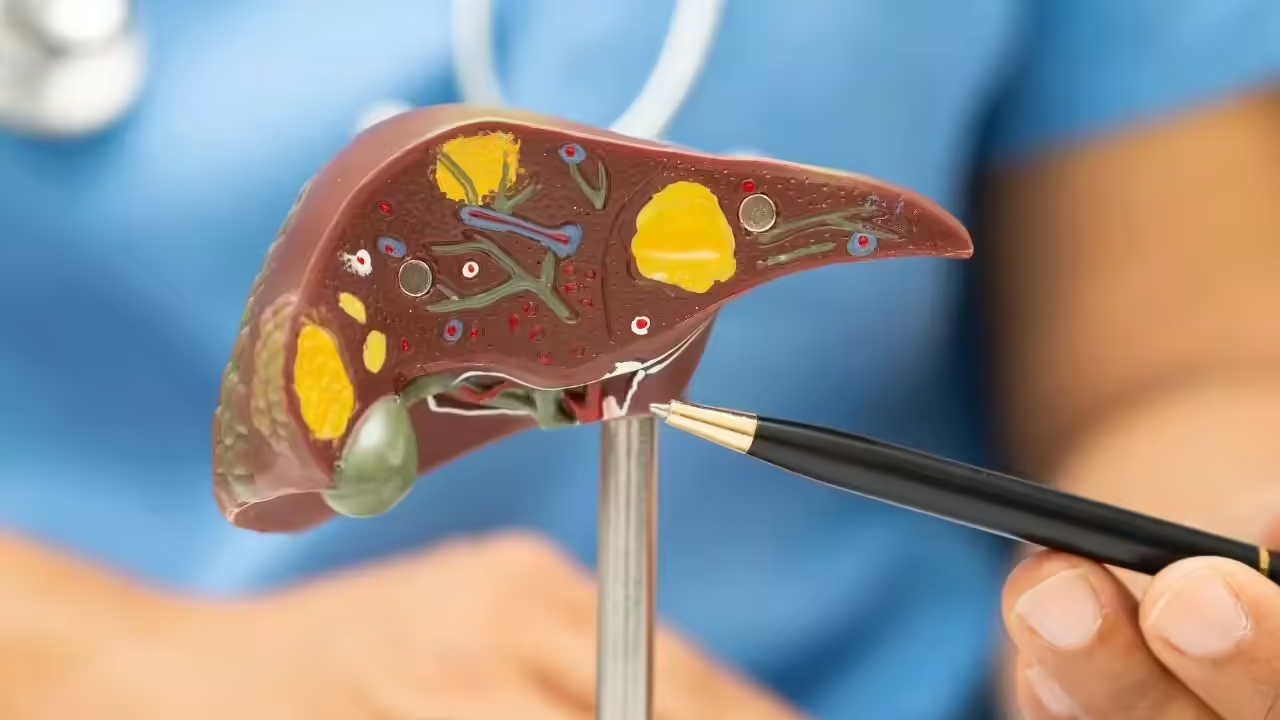It’s a question many households wrestle with: should you remove your shoes when you come inside? While it may seem like a small or trivial habit, research suggests that keeping shoes on indoors can introduce significant amounts of bacteria and other contaminants into your living space. Understanding the risks—and the benefits of going shoeless—can help you make informed decisions for your family’s health.
The Hidden Microbes on Your Shoes
Shoes are constantly exposed to dirt, dust, and microbes from the outdoor environment. Studies have shown that the soles of shoes can carry bacteria such as Escherichia coli (E. coli), Clostridium difficile (C. diff), and methicillin-resistant Staphylococcus aureus (MRSA). These pathogens can easily be deposited onto indoor floors and surfaces, creating opportunities for infection.
The risk is particularly concerning in households with young children, pets, or immunocompromised individuals. Babies and toddlers often crawl or play on the floor, increasing their likelihood of exposure to harmful bacteria. Even adults can pick up germs through contact with contaminated surfaces and then transfer them to hands, food, or personal items.
The First Few Steps Make the Difference
Experts note that the contamination is most significant at the point of entry. The initial steps indoors after wearing shoes can transfer a noticeable quantity of microbes onto otherwise clean floors. Studies suggest that a single pair of shoes can carry hundreds of thousands of bacteria, fungi, and spores into a home environment.
It’s not just bacteria that shoes can carry. Soil and outdoor debris may also introduce allergens, pesticides, and chemicals that can impact indoor air quality or trigger reactions in sensitive individuals.
Cultural Practices and Hygiene
The practice of removing shoes before entering a home is common in many cultures, particularly in Asia and parts of Northern Europe. Traditionally, this custom serves dual purposes: maintaining cleanliness and respecting shared spaces.
Beyond tradition, there is a scientific basis for this habit. Homes that enforce a no-shoes policy tend to have significantly lower levels of indoor contaminants, including bacteria, fungi, and allergens. This simple behavioral change can substantially reduce the microbial load in living spaces.
Health Benefits Beyond Cleanliness
Removing shoes indoors not only reduces germ exposure but also offers other health advantages. Going barefoot or wearing indoor slippers can improve foot health by strengthening muscles, improving balance, and reducing foot strain. Additionally, walking barefoot on clean surfaces may help stimulate circulation and maintain proper posture.
However, not everyone may benefit equally. Individuals with diabetes, poor circulation, or neuropathy should consult a healthcare professional before walking barefoot indoors, as they may be more prone to injuries or infections.
Practical Tips for a Cleaner Home
Implementing a no-shoes policy doesn’t have to be difficult. Experts recommend the following strategies:
- Establish a Clear Rule: Make it a household norm for everyone, including guests, to remove shoes at the door.
- Provide Comfortable Alternatives: Offer indoor slippers or house shoes to maintain comfort while keeping floors clean.
- Clean Entryways Regularly: Place mats outside and inside doors to reduce debris carried indoors.
- Disinfect and Wash Floors: Regularly clean and disinfect high-traffic areas to minimize microbial build-up.
- Educate Household Members: Make everyone aware of the hygiene benefits and encourage participation.
A Worthwhile Habit
While removing shoes indoors may seem inconvenient at first, the benefits far outweigh the minor effort involved. Reducing exposure to harmful bacteria, allergens, and chemicals can protect vulnerable household members and contribute to a healthier living environment.
By combining a no-shoes policy with proper cleaning practices, families can significantly decrease the microbial load in their homes. This small, mindful habit is an easy yet effective step toward a cleaner, healthier lifestyle—proving that sometimes, the simplest changes can make the biggest impact.
















Leave a Reply